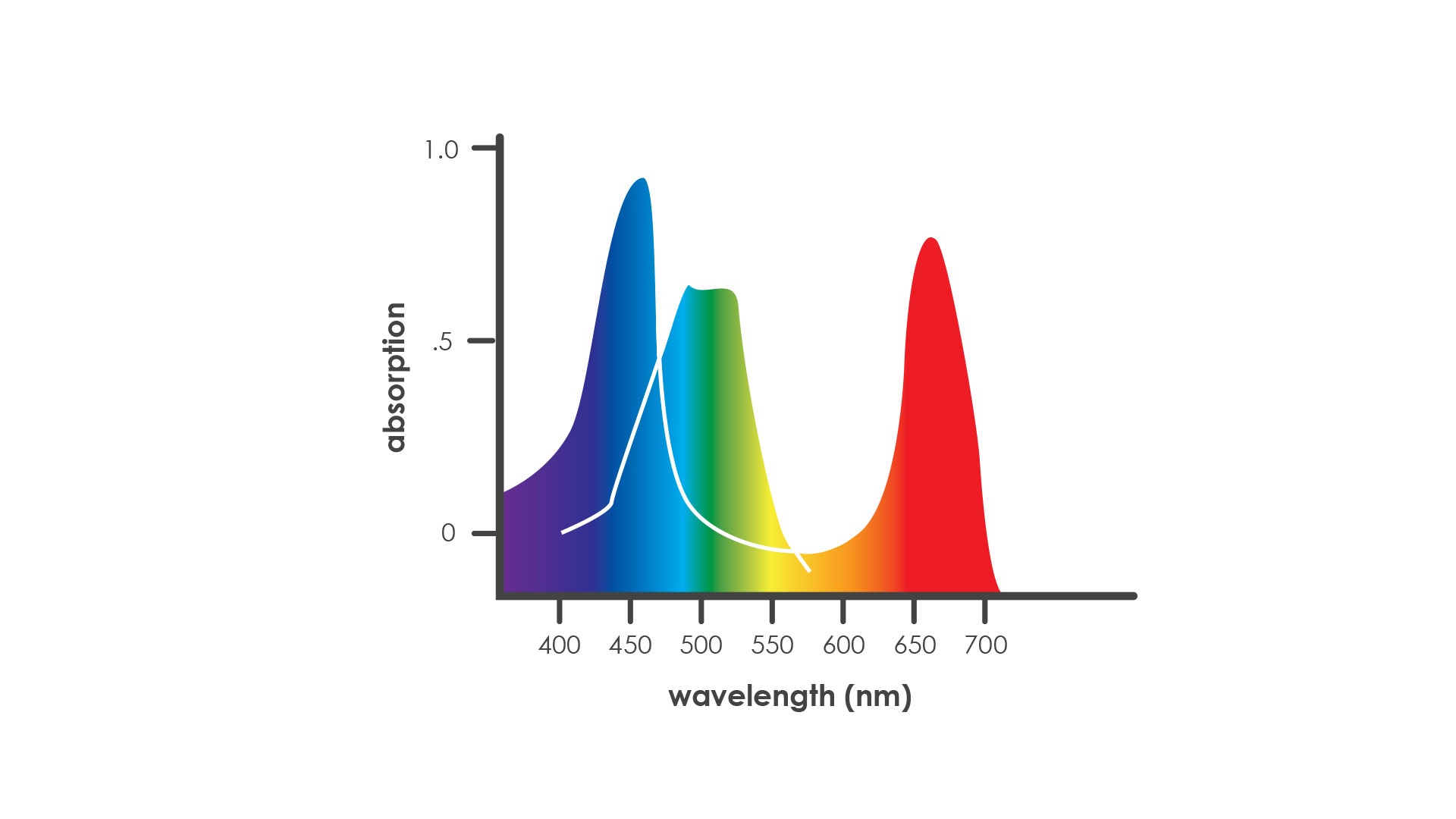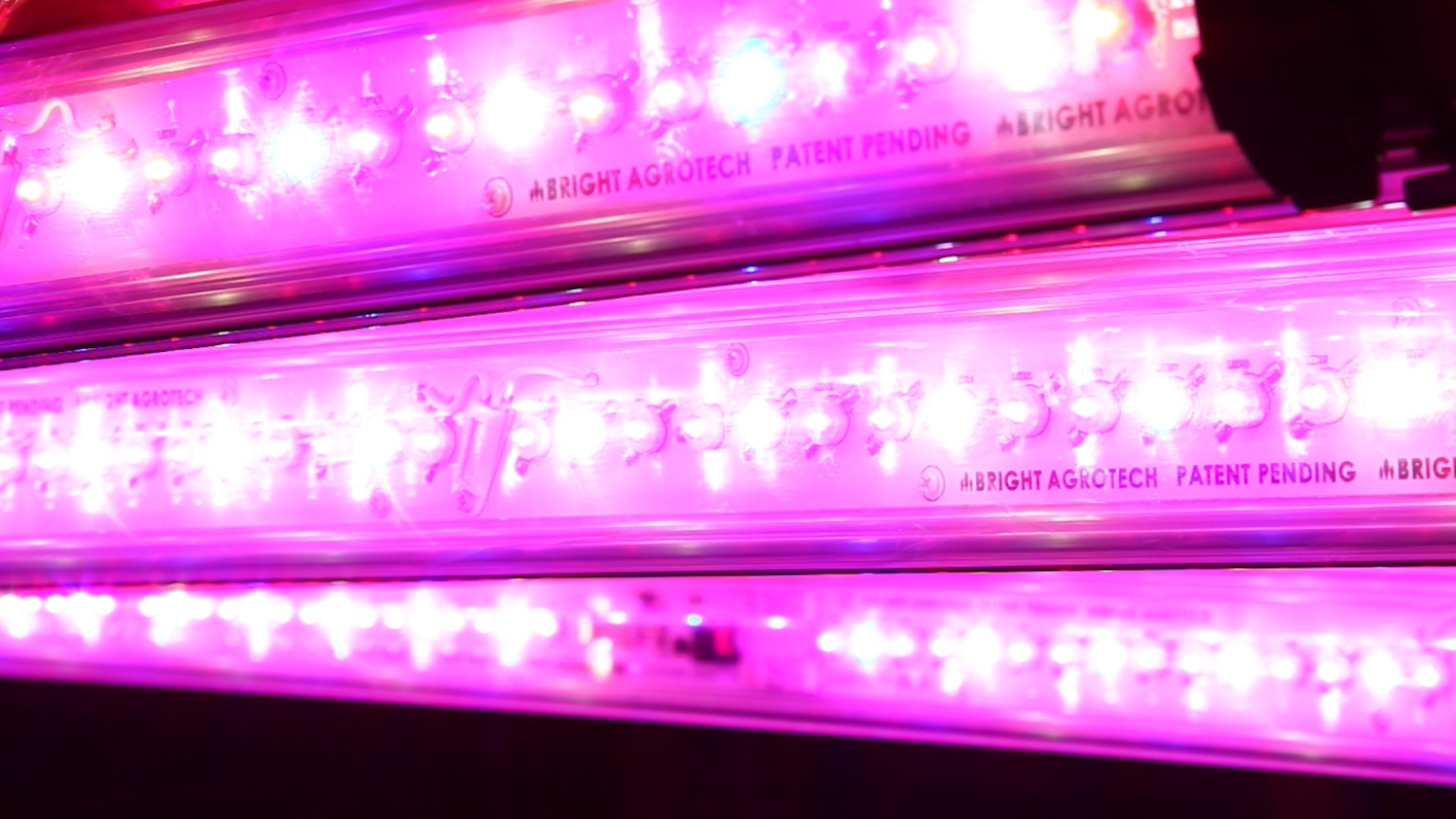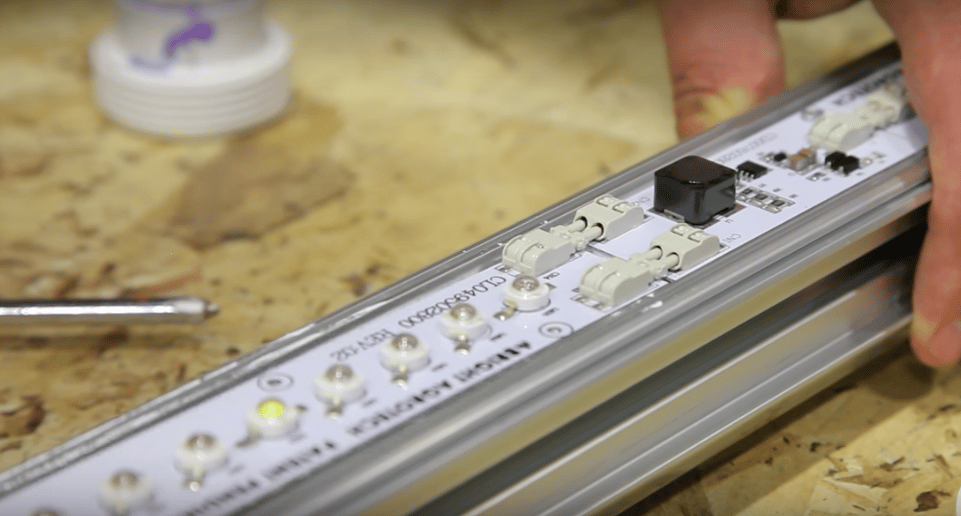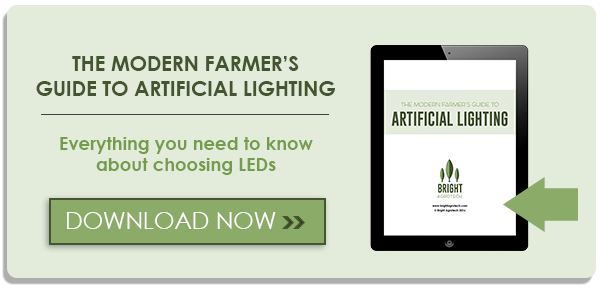PAR, technology, and farm operations
Almost any commercial indoor grower wishes to do two things:
- Increase yield
- Reduce cost
For years indoor growers have been developing innovative techniques and practices to do these two things. Now, as LED technology grows more sophisticatedand more affordable, indoor growers have the opportunity to increase yield and reduce cost by focusing on something called PAR.
Watch the video and read below to learn more.
Light and plants
PAR is a way to measure light that is incredibly useful to farmers. To understand PAR, you have to understand how light is emitted and is used by plants.
Light is emitted both as waves and as particles; to be more precise, light is emitted as waves of photons, which are essentially bundles of energy. (A specific number of photons can be measured as a mole, 6.023 x 1023 particles). The amount of energy in each photon determines the length of the wave from crest to crest. While wavelengths can vary from nanometers to meters, plant pigments can only use specific wavelengths. Most of those useful wavelengths occur between 400 and 700 nm on the spectrum.

Growers should strive to match the needs of the plant as closely as possible with the light while weighing that against other things like cost and efficiency (spreadsheets can be extremely useful to this end). Light efficiency is the amount of light that the plants can use for every watt or kilowatt of electricity that is used. PAR, or photosynthetically active radiation, is the most useful light to the plant.
1. Chlorophyll a Absorption peaks at wavelengths around 430 and 662 nm.
2. Chlorophyll b Absorption peaks at wavelengths around 453 and 642 nm.
3. Carotenoids Absorption peaks at wavelengths around 450 to 454 nm.
So what is PAR?
PAR (measured in micromoles/sec-m2 ) is the measure of the photosynthetically active radiation, or the useful light energy (to plants) at a given point in space. A PAR measurement by itself is of little use, but knowing where the measurement is being taken relative to the light will give you an idea of the intensity. Some LED companies do a great job of displaying charts with PAR measurements at various points (coverage at different heights). This is the best information you can get.
How can we use PAR to reduce costs and increase yield?
If we can reduce the amount of light delivered at non-usable wavelengths, then we can reduce the amount of energy used to deliver unnecessary light.
One of the reasons that LED technology issuch an exciting field is that we can pinpoint the wavelengths of light that we want to deliver to the plant more precisely than before. It used to be that we had to use lighting types that delivered light that included PAR but also delivered a lot of other light that was unnecessary. LED lights offeran incredibly opportunity for indoor growers to change that, making indoor growing more economic.

Want to learn more about PAR and LEDs?
Although the potential that LEDs offer to farmers is high, the burgeoning industry has a relatively small amount of information available to help indoor farmers choose and use the technology.
If you’re ready to get serious about a lighting choice, check out the free guide we put together to help growers like you.
The Modern Farmer’s Guide to Artificial Lighting is our straight-forward, no BS guide to help you make informed decisions about your lighting needs.
- Types of indoor lighting
- Measurements of light intensity and how to use them
- How light-emitting diodes (LEDs) work
- Considerations of LED form factors such as box, panel, and bar lights
- Information from farmers, for farmers.







